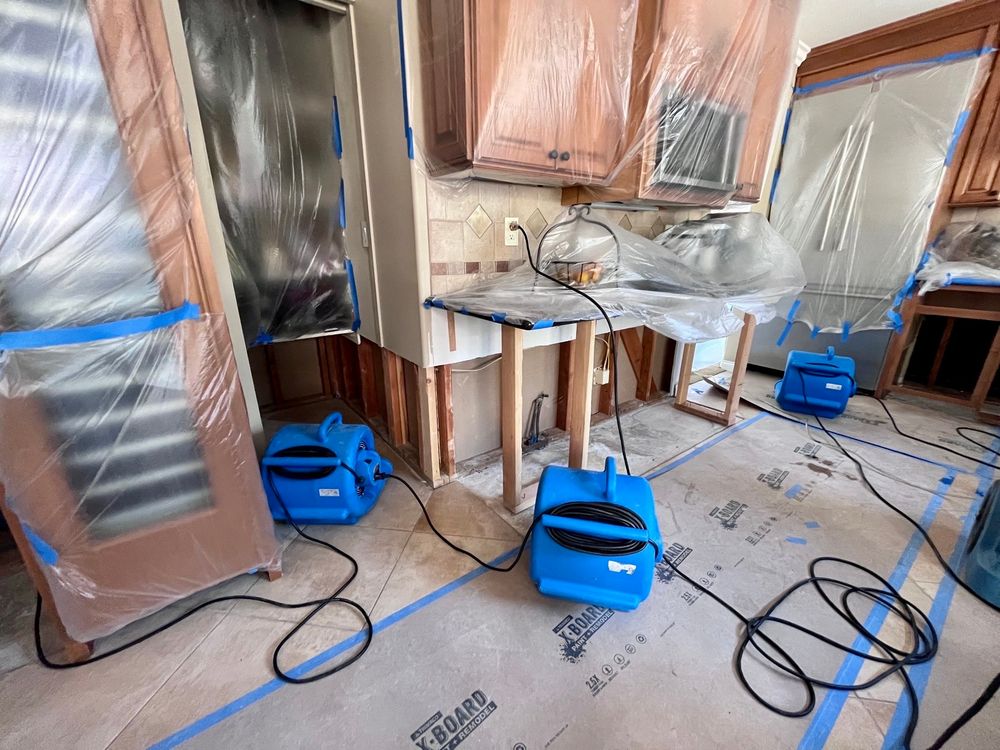Top Questions Homeowners Ask About Water Damage Restoration
Discover the answers to top homeowner questions on water damage restoration, covering insurance, mold risks, and tips for future prevention.

When water damage strikes your home, it’s normal to feel overwhelmed and unsure of what to do next. At Clear Coast Restoration, we get questions every day from homeowners facing leaks, floods, or sudden water damage. To help, we’ve put together this Water Damage Restoration FAQ with clear answers to the most common concerns.
1. What should I do first if I discover water damage?
The first step is to stop the source of the water if possible (shut off the main valve or turn off the appliance). Then, call a professional restoration company right away. The sooner drying begins, the less chance there is of mold growth or structural damage.
2. Does homeowners insurance cover water damage restoration?
In many cases, yes — but it depends on the cause:
✅ Sudden and accidental damage (like a burst pipe or appliance leak) is usually covered.
❌ Gradual damage (like a slow leak over time) often isn’t.
✅ Flooding from storms or natural disasters usually requires a separate flood policy.
Our team can work directly with your insurance company to help with documentation and make the process smoother.
3. How long does water damage restoration take?
Every situation is different, but on average:
Drying time: 3–5 days using professional air movers and dehumidifiers.
Repairs: Depending on the extent of the damage, repairs may take an additional few days to a couple of weeks.
We monitor moisture levels daily to ensure your home is completely dry before repairs begin.
4. How soon does mold start growing after water damage?
Mold can begin to grow in as little as 24–48 hours. That’s why a fast response is so important. Professional drying and dehumidification stop mold before it spreads, protecting both your property and your health.
5. Can I clean up water damage myself?
For small spills, DIY cleanup is fine. But for larger damage, standing water, or water that’s soaked into walls, flooring, or carpet, you’ll need professional equipment to remove hidden moisture. Without it, you risk:
Mold growth
Warped flooring
Lingering odors
Long-term structural issues
6. What kind of equipment is used in water damage restoration?
We use commercial-grade air movers, dehumidifiers, moisture meters, and containment systems. This ensures complete drying in places you can’t see, like behind walls and under flooring.
7. Is it safe to stay in my home during restoration?
Most of the time, yes — but if there’s extensive water damage or mold growth, it may be safer to temporarily relocate. We’ll guide you through this decision based on your situation.
8. How can I prevent water damage in the future?
Inspect plumbing and appliances regularly.
Clean gutters and downspouts.
Install water leak detectors near vulnerable areas.
Know where your main water shut-off valve is located.

Final Thoughts
Water damage can be stressful, but having the right answers — and the right team on your side — makes all the difference. At Clear Coast Restoration, we provide fast, reliable water damage cleanup, drying, and remediation to help you get back to normal quickly.
📞 Call us today for a free inspection and peace of mind.